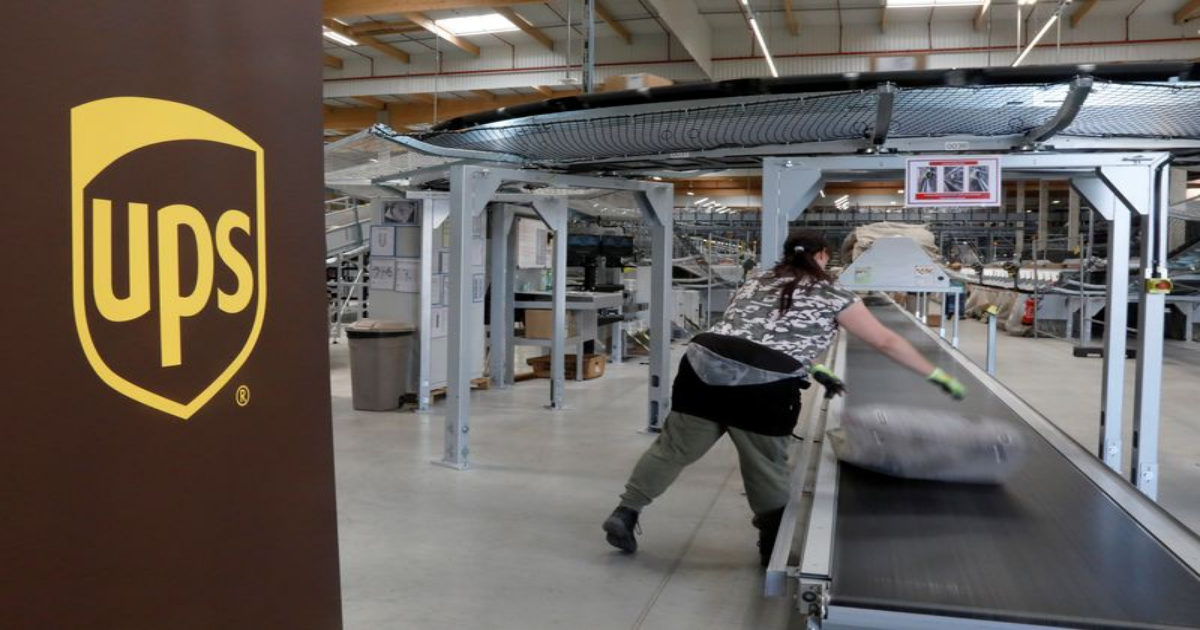(Reuters) -United Parcel Service said on Tuesday it will cut 20,000 jobs and shut 73 facilities to lower costs in an uncertain economy and to brace for a potential pullback from its largest customer, Amazon.
Such a significant step makes UPS the first big U.S. company to respond through largescale layoffs to slowing trade as a result of the sweeping tariffs by the Trump administration.
The world’s largest package delivery firm also declined to provide any update to its full-year outlook due to the economic uncertainty even as it cuts jobs, shuts warehouses, increases automation and sells assets.
“The world has not been faced with such enormous potential impacts to trade in more than 100 years,” CEO Carol Tome said on the company’s earnings call.
NYSE – Nasdaq Real Time Price • USD
A slowdown in global trade is likely to reduce the need for shipping services between companies, potentially hurting parcel delivery firms.
“The actions we are taking to reconfigure our network and reduce cost across our business could not be timelier,” Tome said.
UPS said it expects to save $3.5 billion in 2025 even as its first-quarter profit exceeded market expectations.
“The removal of 2025 guidance will likely create a wide range of outcomes that may be difficult to underwrite without greater macro clarity,” Evercore ISI analyst Jonathan Chappell said.
The company last year said it cut its workforce by 12,000 jobs. It expects expenses between $400 million to $600 million during 2025, related to separation benefits and lease related costs.
Atlanta-based UPS had in January said it was accelerating its plan to slash millions of deliveries for its largest customer, Amazon.com, which accounted for 11.8% of its overall revenue in 2024.
UPS also faces a sharp downturn in volume from China-linked bargain e-commerce sellers Temu and Shein after the U.S. decided that starting May 2 it will collect tariffs on goods that was duty-free up to $800 per individual sale.
Its first-quarter revenue fell marginally to $21.5 billion but beat Wall Street expectations of $21.05 billion, according to data compiled by LSEG.
The company’s U.S. domestic segment revenue grew 1.4% to $14.46 billion in the first quarter, driven by increase in air cargo and improving revenue per piece, even as volumes declined.
UPS posted an adjusted profit per share of $1.49 compared with expectations of $1.38.
It had in January forecast full-year revenue of $89 billion and operating margin of about 10.8%.
(Reporting by Lisa Baertlein in Los Angeles, Abhinav Parmar and Shivansh Tiwary in Bengaluru; Editing by Arun Koyyur)
